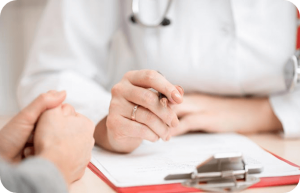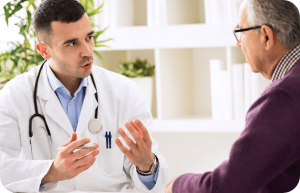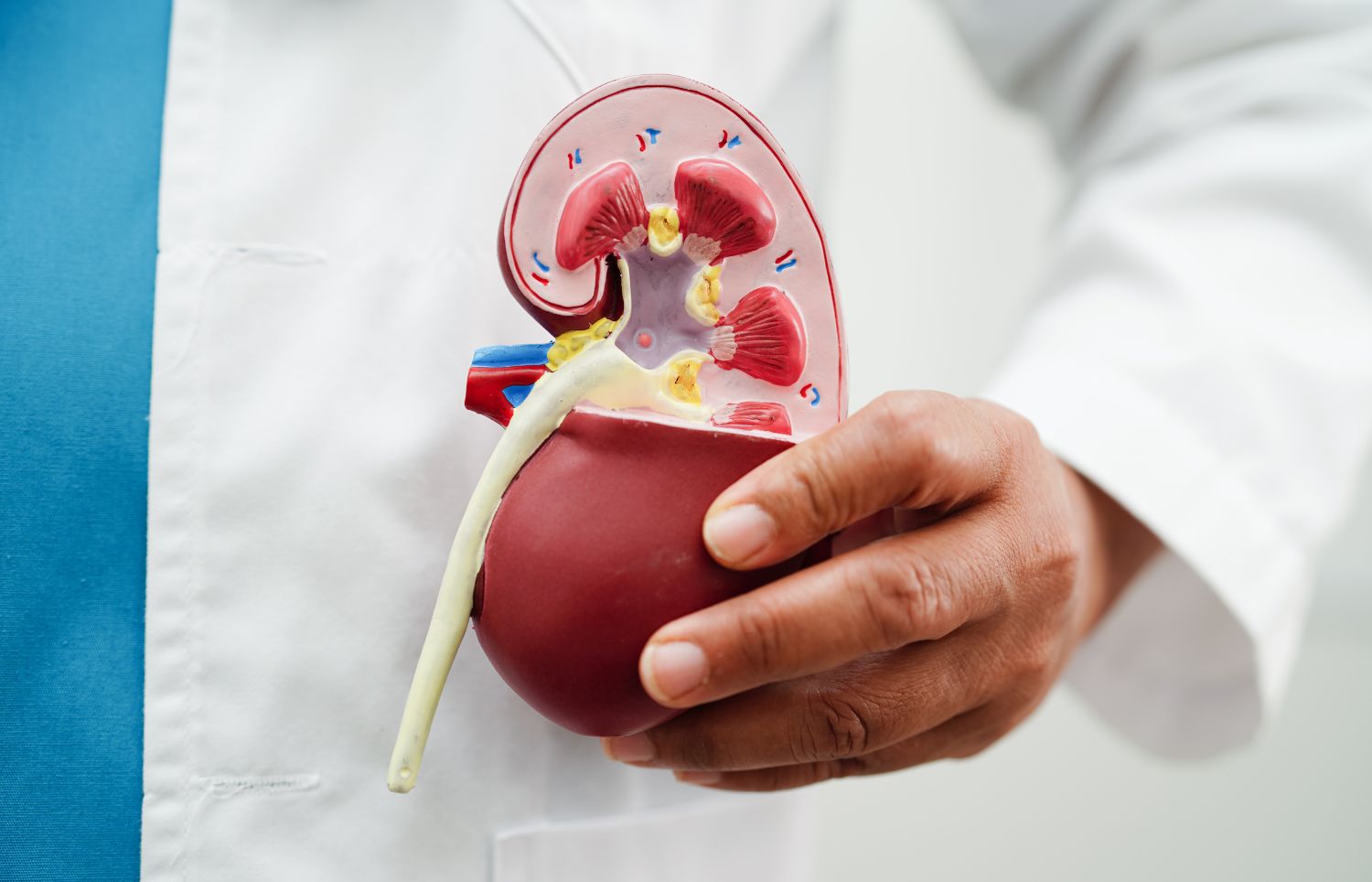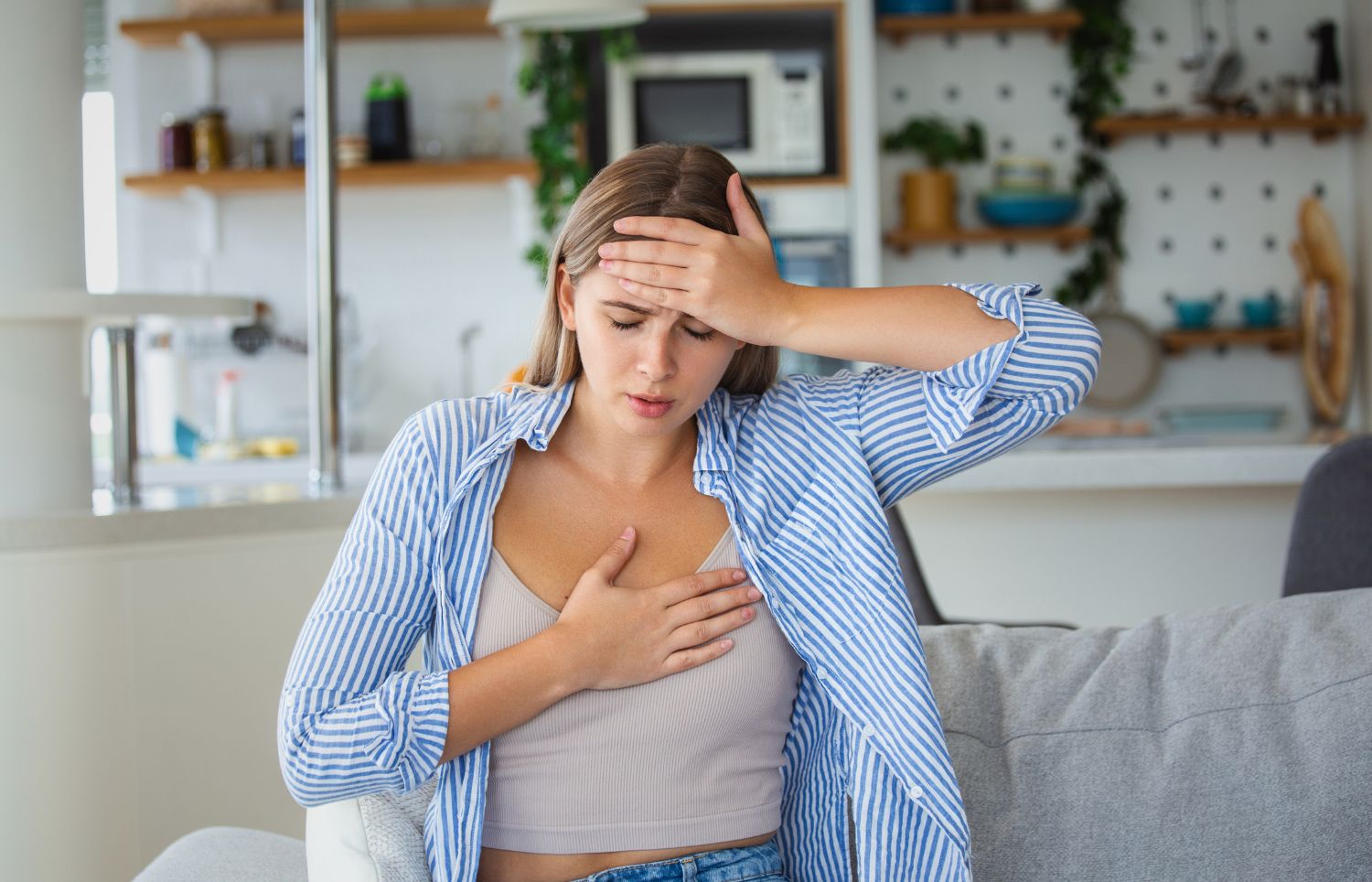What is Ehlers-Danlos Syndrome?
Ehlers Danlos Syndrome (EDS) is the name given to a group of rare disorders that affects the connective tissues. Connective tissues in the body are vital as they provide support for the skin, bone, internal organs, tendons, ligaments and blood vessels. EDS conditions can compromise these connective tissues making them weaker and impacting on the structures they are supporting.
Types of Ehlers Danlos Syndrome
Hypermobile EDS (also known as hEDS) is the most common type.
Other rarer types include:
- Classical EDS (cEDS)
- Vascular EDS (vEDS)
- Kyphoscoliotic (kEDS)
Ehlers-Danlos Syndrome Symptoms
Each separate disorder comes with it’s own unique symptoms, which can vary from being relatively mild and manageable to becoming life-threatening. All EDS conditions can be characterised by these distinct Ehlers Danlos Syndrome symptoms including:
- Joint hypermobility
- Thin, stretchy skin
- Skin that is fragile and bruises easily
- Fatigue
- Joints that dislocate easily
- Joint pain
People who have been diagnosed with Hypermobile EDS may also experience bladder and bowel problems such as stress or urgency incontinence or intestinal dysmotility.
EDS and Bladder or Bowel Problems
Connective tissue is found throughout the entire human body including the bladder and the bowel.
Bowel problems are more common than bladder disorders, especially in those with Hypermobile EDS. The connective tissues are vital in the performance of peristalsis, which is the movement needed in the bowel to expel waste in the body.
Any abnormalities in the connective tissues can disrupt how the bowel works leading to motility issues and constipation, plus in extreme cases paralysis of the digestive tract known as ‘gastroparesis’.
Sometimes rectal and genital prolapse can occur, which can interfere with the ability to pass a bowel motion.
Incontinence and Ehlers Danlos Syndrome Treatment
If you have been diagnosed with Ehlers-Danlos Syndrome and are suffering from gastrointestinal issues, you will probably be referred for several tests to help determine the cause or location of your problems and work out a plan on how best to treat them.
Ehlers-Danlos Syndrome treatments available are varied and depend on the range of symptoms experienced. The aim of the treatments will be to help alleviate the symptoms rather than cure the conditions.
The tests that you may have include:
- Gastroscopy and/ or colonoscopy – a gastroscopy includes a camera looking down the throat into the stomach and a colonoscopy is a camera inserted into the rectum to look through the colon. Both tests are used to check for signs of any abnormalities or inflammation
- Stomach emptying tests – to check the level of dysmotility by timing how quick the stomach empties into the small bowel
- Hydrogen breath test – this will test whether there is any excess bacteria in the bowel
- Barium contrast swallow test – the dye used will highlight any structural abnormalities of the oesophagus
- Protography – x-ray images taken of the rectum or anus to check for any blockages or obstruction that could be contributing to your issues
A combination of conservative and medicinal treatments will most likely to be used to help you feel more comfortable and improve your general health. Surgical treatments will be a last resort and will have to be carefully considered given that many people with EDS struggle to heal fully due to the delicacy of their tissues in general.
Further Information
Further information and downloads can be found in the help & information section. Living with a bladder or bowel condition or caring for someone with a bladder and bowel condition can affect you emotionally and socially; sometimes it can help to speak to others who understand your situation. the
Bladder and Bowel Community Support Group is available 24 hours today and will allow you to connect with those who share your condition. Start your own topic today or just follow one that interests you. The group is run and monitored within Facebook, simply request to join today.









